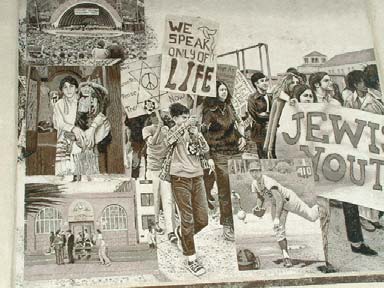
The story of the founding and development of the Jewish community in Los Angeles can be absorbed in a most innovative way – in the car park of Canter’s delicatessen in the district of Fairfax on the border with West Hollywood.
Huge panels portraying the history of the Jews in tinsel town and environs are displayed on a wall and are pretty awesome. At first I thought that enlarged old black and white newspaper cuttings had been mounted on the wall to create an artistic collage, but a painting it truly is, the work of three artists and over 50 volunteers who gave them more than one hand by the look of the amazingly descriptive work of art.
The artistic panels of the past record the first Jewish immigrants in the city, the beginnings of the foundation of a community, the building of centers for Jewish worship, education and welfare and, as time goes by, Jewish personalities who became part of LA’s rich and famous in the world of business and entertainment.
Completed in 1985 the mural was sponsored by the Jewish Federation Council of Greater Los Angeles and is based on a collection of old photographs that documented Jewish LA, beginning in 1841.
The mural stretches across the south wall and open car park of Canter’s deli on the corner of Oakwood and Fairfax. The most famous Jewish deli in town, Canter’s holds a prominent place in the history of the LA Jewish community, on and off the wall.
Opened originally in Jersey City at the beginning of the 1900s the family owned business moved to Los Angeles in the early 1930s and as the Jewish population in the city began to swell, many of the Jewish immigrants settled in the Boyle Heights district together with a large Japanese immigrant population. Following World War II the majority of Jews moved to Fairfax and nearby West Hollywood and in present times Boyle Heights is almost entirely Hispanic.
Eventually Canter’s moved into a converted cinema that had previously also been a Yiddish language theater and have made enough pastrami, knishes and salt beef sandwiches since then to fill the Los Angeles Lakers stadium and then some.
In actual fact, Canter’s proudly states that they produce almost 5,000 pounds of pastrami every month, around 1,500 gallons of chicken soup weekly and over 4,000 knishes a month just for starters. With a seating capacity of 400 it seems that Canter’s has no problem in providing their hungry customers with sufficient nosh and this is 24 hours a day.
Partaking of a meal at Canter’s is a rather different experience for the out-of-towner. Be prepared for a whopping portion of whateve,r and for it – during the daytime hours anyway - to be served by waitresses who are well past retirement age, who are totally in your face and sometimes just downright rude. However, their Jewish hearts are in the right place showing genuine concern if you don’t finish everything on the platter.
“Whasamatter, you sick?” asked a very buxom, peroxide blonde Yiddish momma waitress eyeing the generous leftovers on my plate.
“No, but I will be if I eat all of that,” I answered with a smile. She didn’t smile back.
These days Canter’s is far from kosher as in the old days and is open on Saturdays.
The eatery has always been popular with the showbiz and others in-the-public-eye crowd – not surprising, as it is very close to the CBS studios. The list and pictures of those stars of the 40s, 50s and more modern times reads like an almanac of the entertainment world. Marilyn Monroe and Arthur Miller, Jack Benny, Elizabeth Taylor, Shelley Winters, Sydney Poitier, Jerry Lewis and Elvis – just to name a few of those from the showbiz world whose appetites were catered to in Canter’s.
Canter’s also boasts a bar lounge called the Kibbitz Room where people come to see and be seen whilst listening to live music most evenings of the week.
The deli has been used for scenes in numerous television series and big screen movies, such as Neil Simon’s I Ought to be in Pictures with Walter Matthau. Stars and crew didn’t go hungry on that shoot for sure and during break time, maybe the reading material and art work on the parking lot wall outside would have caught their professional, artistic eye as well.
 The Bereavement & Loss Program
The Bereavement & Loss Program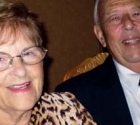 Thank You Eddie
Thank You Eddie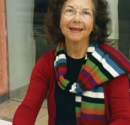 Save One Life, Save A World
Save One Life, Save A World (302x450)-1451381711.jpg) Odeon Oscar
Odeon Oscar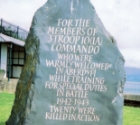 The Jewish Connection
The Jewish Connection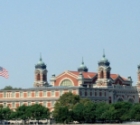 ellis island
ellis island Lydia Aisenberg
Lydia Aisenberg